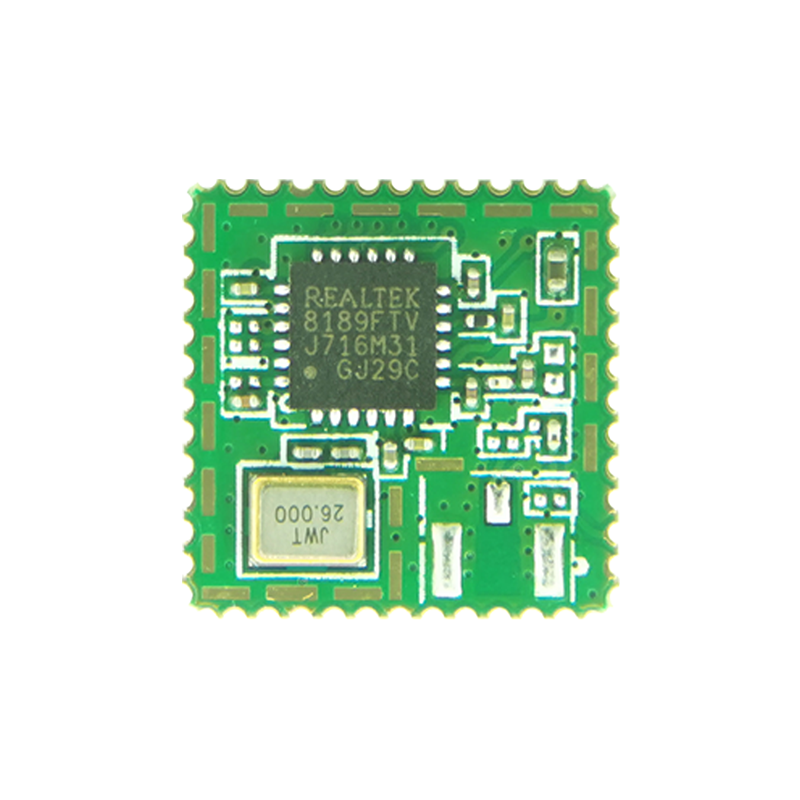A Wi-Fi module is a critical component that allows devices to connect to wireless networks and access the internet. It integrates various components that work collectively to enable wireless communication. In this article, we will delve into the different components that make up a Wi-Fi chip and understand their functions.

The RF transceiver is one of the most crucial parts of a Wi-Fi module. It is responsible for transmitting and receiving wireless signals, enabling devices to establish a Wi-Fi connection. This component operates at specific frequencies (2.4 GHz and/or 5 GHz) and utilizes modulation techniques to send and receive data wirelessly.
The baseband processor is the brain of the Wi-Fi module chips . It handles various tasks such as signal processing, encryption/decryption, modulation/demodulation, error detection/correction, and packet formatting. This component converts the digital data into a suitable format for wireless transmission and ensures the integrity and security of the transmitted data.
The antenna plays a vital role in wireless communication. It functions as both a transmitter and receiver of electromagnetic waves. The antenna takes the modulated signals from the RF transceiver and converts them into radio waves for transmission or captures incoming radio waves and converts them into electrical signals for the baseband processor to process.
Flash memory is used for storing firmware, configuration settings, and other essential data related to the Wi-Fi module chips. It allows the module to retain information even when power is turned off. The firmware stored in the flash memory dictates the functionality of the Wi-Fi module and can be updated to incorporate new features or fix bugs.
The power management unit is responsible for supplying and regulating power to the different components within the Wi-Fi module. It ensures that the module operates within specified power limits and optimizes power consumption to extend the battery life of devices connected to the module. The PMU may also handle functions like sleep modes and wake-up signals.
A Wi-Fi module is a complex integration of multiple components working together to provide wireless connectivity. The RF transceiver, baseband processor, antenna, flash memory, and power management unit form the core elements of a Wi-Fi module. Understanding the functions and interactions of these components is essential to comprehend the inner workings of Wi-Fi technology and its applications in our connected world.
 Trolink Joint With Tuya to Make Iot Benefit Every Family
Trolink Joint With Tuya to Make Iot Benefit Every Family
 5 Key Indicators for WiFi Module Selection You Have to Know !
5 Key Indicators for WiFi Module Selection You Have to Know !
 IOT module is the brain of smart products
IOT module is the brain of smart products
 What is the signal coverage range of the WiFi module chip?
What is the signal coverage range of the WiFi module chip?